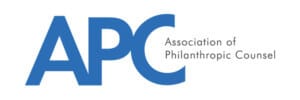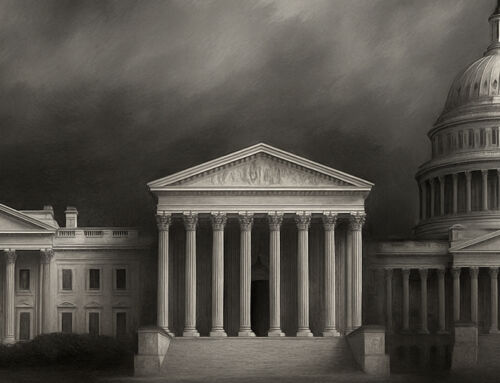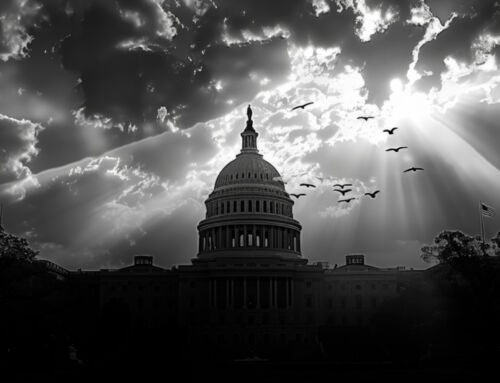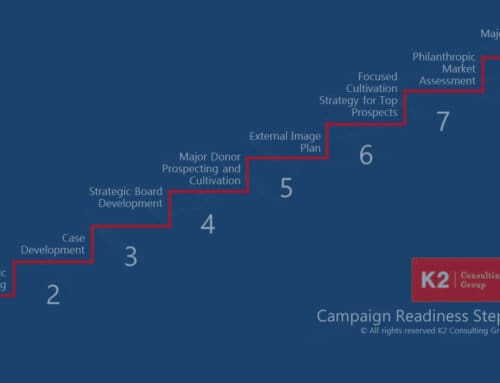Major Gifts make up as much as 80 percent of a typical nonprofit organization’s charitable income in a year – and come from 20 percent or less of donors. Yet only one third of study participants use a consistent strategy to identify major gift prospects.
This first-ever “Major Gifts Fundraising Benchmark Study” provides data on what organizations of all sizes across the U.S. and Canada report on their major gifts programs. What do they consider a major gift, what tools and methods do they use that work best and what gets in their way from achieving a consistent major gifts program?
Study sponsored by the Association of Philanthropic Counsel. Data services provided by Melissa S. Brown & Associates, LLC and is funded by MarketSmart.
Key study findings:
I First, what gift size constitutes a major gift?
26% of respondents stated that $1,000 is considered a major gift. While $1,000 is a very generous gift, this number has not changed in decades in spite of inflation. Arts organizations and education reported a higher range to qualify for a major gift. They also attract some of the wealthiest benefactors.

II Consistency:
It’s no surprise that organizations that use a process to identify major gifts – any process – and use it consistently meet their major gift goals most often. This was true across all sizes of nonprofits, from those with revenue less than $500,000 to the largest in the study, with revenues above $25 million. The key is to be consistent in working to identify major gift prospects.


III Four of the best methods for identifying major gift prospects in order of effectiveness include:
- Conduct prospect research using available public records to discover interests and resources.
- Ask existing donors and volunteers for referrals and introductions to potential donors.
- Analysis of the of the organization’s database.
- Tracking which donors engage online or interact by ‘liking,’ opening, forwarding, and responding to digital content.
IV What tools are effective organizations using?
- 73% use wealth screening and 75% use prospect research.
- 69% draw on the knowledge of board and committee members.
- 47% use analytic models of a typical donor.
- 31% use donor surveys.
V So why aren’t more organizations engaged in a consistent major gifts program?
- 54% indicate a shortage of staff time to concentrate on major gifts.
- 47% feel that board member involvement is the challenge.
- 41 % find identifying prospects for major gifts as the biggest challenge.

K2 Consulting Group is a member firm of APC –Association of Philanthropic Counsel
Five ways to consistently increase major gifts
Ready to get started on reaching your potential? Contact us to get started.








